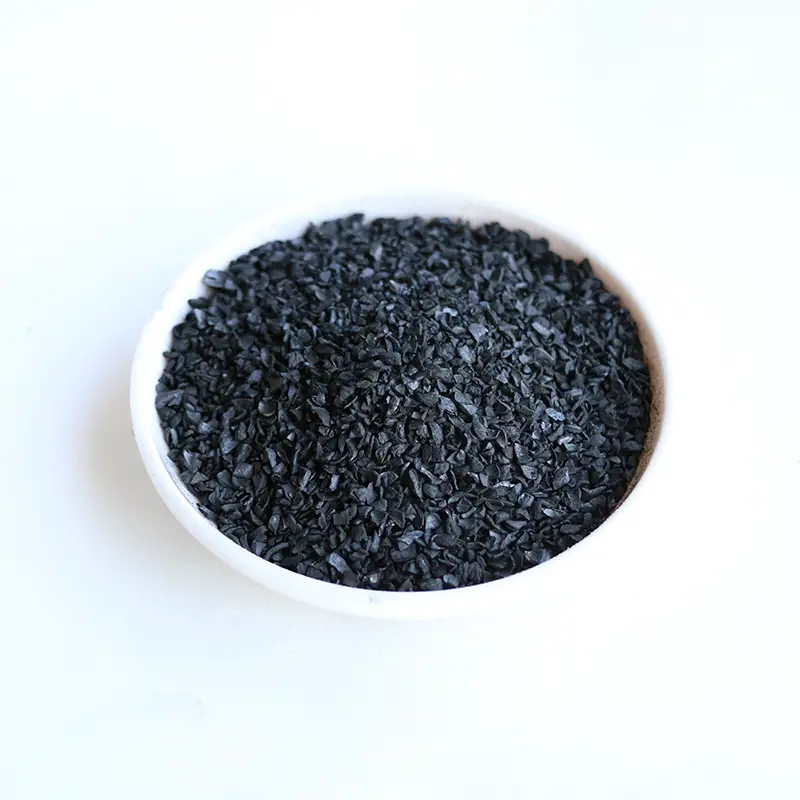Activated carbon is a kind of carbon with huge specific surface and porous structure. According to its raw materials, it can be divided into coal-based activated carbon, wood carbon, and nutshell carbon; according to its form, it can be divided into columnar carbon, broken carbon, powdered carbon and fiber activated carbon.
The main raw materials of activated carbon are coal, wood, fruit shells and other carbon-rich organic materials, which are activated to form a complex pore structure with adsorption capacity.
Among the pores, those with a radius greater than 20000 nm are macropores, those with a radius between 150 and 20000 nm are mesopores, and those with a radius less than 150 nm are micropores. yongruida coconut carbon The adsorption of activated carbon mainly occurs on these pores and surfaces. The gravitational force generated by a large number of molecules on the pore wall of activated carbon attracts impurities in water and air into the pores.
The adsorption of activated carbon can be divided into physical adsorption and chemical adsorption. Physical adsorption mainly occurs in the rich micropores of activated carbon to remove impurities in water and air. The molecular diameter of these impurities must be smaller than the pore diameter of activated carbon.
Different raw materials and processing techniques result in different microporous structures, specific surface areas and pore diameters of activated carbon, which are suitable for different needs.
Activated carbon not only contains carbon elements, but also contains functional groups on its surface, which chemically react with the adsorbed substances, and thus often occur on the surface of the activated carbon with the adsorbed substances. activated carbon suppliers usa The impurities in the medium continuously enter the porous structure of the activated carbon through physical adsorption and chemical adsorption, so that the adsorption of the activated carbon is saturated and the adsorption effect is reduced.
The activated carbon after adsorption saturation needs to be activated and regenerated to restore its adsorption capacity and reuse it. The main indicators for evaluating the adsorption performance of activated carbon include methylene blue value, iodine value and caramel adsorption value. The larger the adsorption capacity, the better the adsorption effect.






